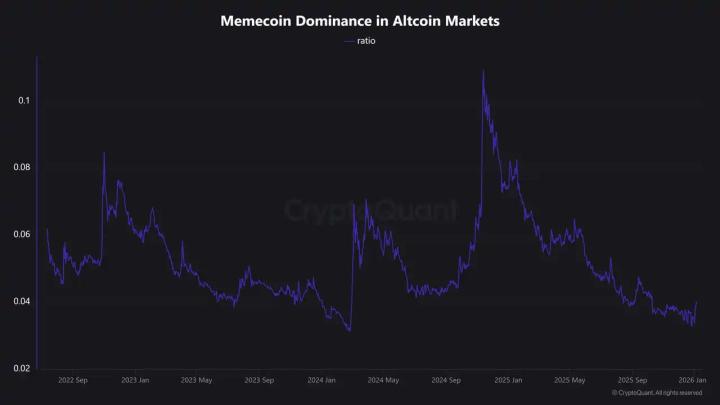Despite the continued inflow of institutional funds, Bitcoin's recent performance has been weak. The key reason behind this is that the profit-taking behavior of long-term holders has suppressed the upward momentum of prices.
VX:TZ7971
In recent weeks, Bitcoin prices have been mired in stagflation, leaving many investors perplexed. Despite continued increases in holdings by ETFs and publicly listed companies, estimated to have accumulated approximately 200,000 BTC, bringing total institutional holdings close to the 1 million mark, Bitcoin has failed to maintain its upward momentum. After reaching an all-time high of over $120,000, the price has retreated to $108,000 and entered a period of sideways trading.

Why did massive institutional buying fail to push up the price of the currency?
On-chain data reveals a massive surge in profit-taking by long-term holders. Since July, over 450,000 BTC has been transferred from long-term wallets to short-term traders. This selling has largely offset the bullish effect of institutional inflows.
Specifically, those who have held the cryptocurrency for four to ten years are driving the selling pressure. They established positions early on at low prices and have gradually realized profits as prices hit new highs. This behavior aligns with historical patterns: long-term holders tend to reduce their holdings during market fervor, only to accumulate again after the market cools. Current data suggests that this group's selling momentum is still intensifying, further exacerbating Bitcoin's consolidation.
Beyond the spot market, derivatives activity is also weighing on prices. Since July, open interest in derivatives contracts across exchanges has increased by approximately 50,000 BTC. While this doesn't directly prove high-leverage speculation, it does suggest that more funds are flowing into leveraged positions rather than spot holdings, weakening the direct driving force behind price increases. In particular, the significant expansion of futures and options trading on the CME market has further amplified the influence of derivatives on Bitcoin's short-term fluctuations.
From the perspective of overall supply and demand:
- Institutions have accumulated approximately 200,000 BTC;
- Long-term holders distributed more than 450,000 BTC;
- More than 50,000 BTC are “locked” in the derivatives market.
The combination of these three factors explains why Bitcoin prices have stagnated while institutional buying has made headlines.
Looking ahead, while short-term volatility is likely, the current situation does not constitute a market top. If funding rates turn negative, this could trigger a short squeeze and push prices higher again. However, for now, the imbalance between accumulation and distribution suggests a continued sideways trend.
From a macro perspective, Bitcoin's bull market fundamentals remain intact. Real spot accumulation is ongoing; otherwise, the price would likely be lower than its current level. The Fear and Greed Index is currently at 49, remaining neutral. 24-hour price fluctuations have been limited, and the long-term outlook remains positive. This week's upcoming US inflation data and next week's Federal Reserve interest rate meeting may provide new positive momentum for the crypto market.







